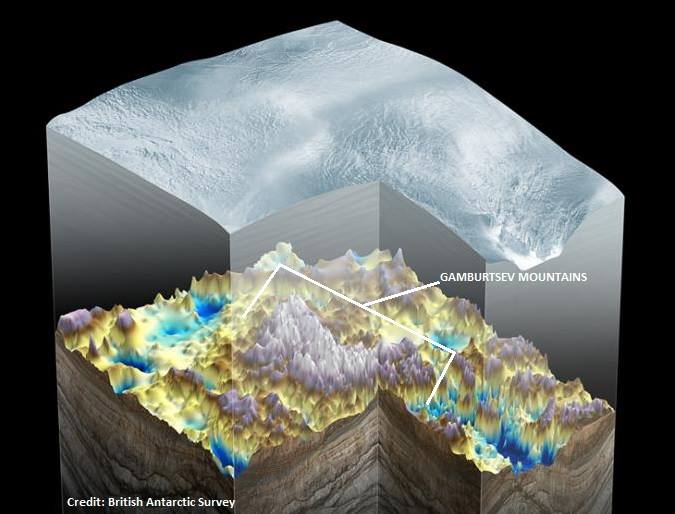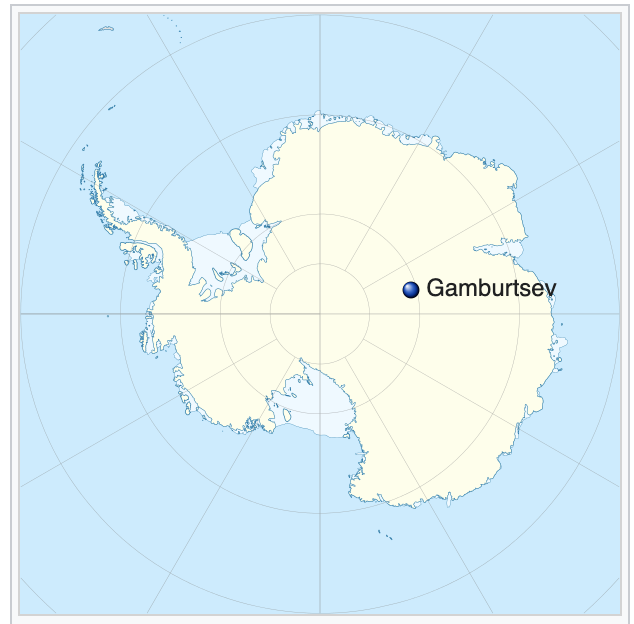
Mystery of the Gamburtsev Mountains
During the 3rd Soviet Antarctic Expedition in 1958, a Soviet team, on a mapping mission, detonated explosions at spaced intervals of 100 miles. They were attempting to measure the thickness of the ice and found the Gamburtsev Mountains instead.
The middle of the East Antarctic Ice Sheet is 3 km (2 miles) thick, but suddenly they found relatively thin ice, 600 metres in depth. Why?
They had found mountains buried beneath the ice!!. And they were big, 3000 m (9,000ft) high and stretching for 800 km (500 miles).
But the mystery was ‘Why were they still there?’ These mountains were 900 million to a billion years old, and should have been worn down long, long ago.
Mystery solved
It seems that somewhere between 100 million and 200 million years ago, they had something of a rebirth.
It appears to have happened during a major rifting event at the breakup of the ancient supercontinent of Gondwana. The scientists believe that the mountains were eroded but the heavy roots underwent a change in density during the rifting event.
This was possibly through heating, where the solid rock was changed into a lighter material. This allowed the mountain range to lift up, floating as it was, on the Earth’s mantle.
Exactly how that change occurred in the root of the Gamburtsevs’ is a mystery.
The mountains were named after Soviet geophysicist Grigoriy A. Gamburtsev and were buried under glaciers around 34 million years ago.
Encased in ice they were preserved against erosion and sat in a state of suspended animation till discovered by modern-day scientists.
The mountains are located beneath Dome A, near the Southern Pole of Inaccessibility in East Antarctica. The Gamburtsev Mountain Range is about the same size as the European Alps.


